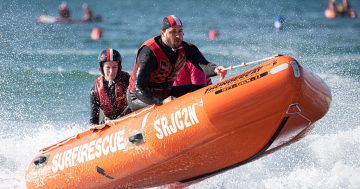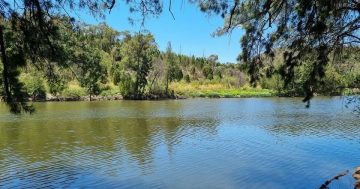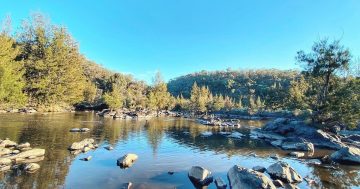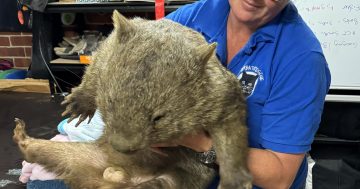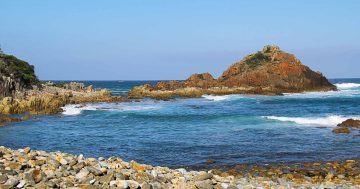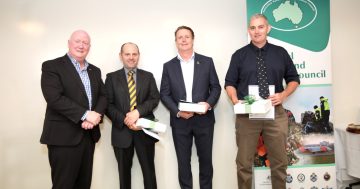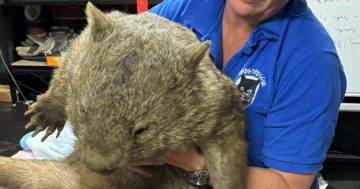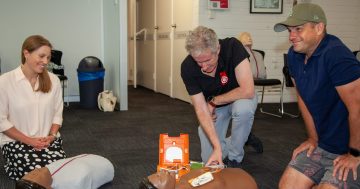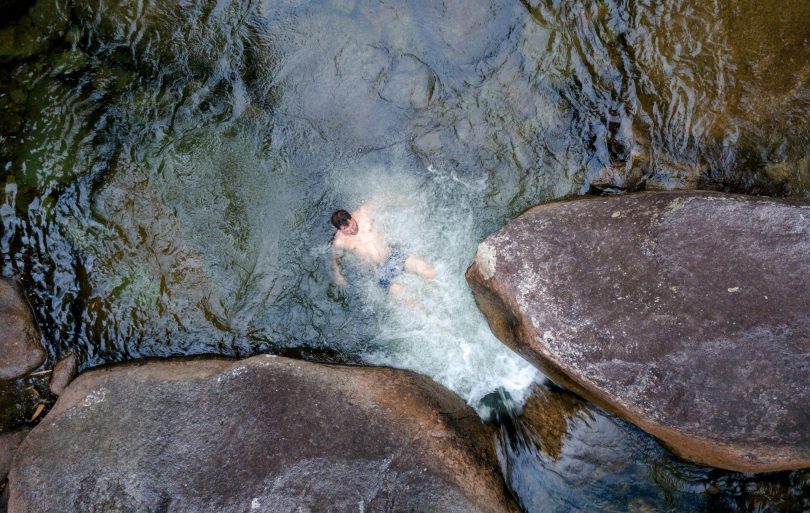
Rivers and creeks are the leading locations for drownings. Photo: Royal Life Saving.
Drownings at popular swimming spots on the Murrumbidgee River in the ACT have prompted a conversation about previously proposed plans for an inland life-saving service and river rescue ‘hubs’.
At least 29 people have drowned in what is considered one of the top 10 worst locations for inland drownings since 2005. Among those were a father and daughter at Tharwa Sands in December 2020 and an ACT man at Casuarina Sands in January 2019.
Rivers and creeks are the leading locations for drownings, with their flat, still surfaces providing a false sense of security against the dangerous currents, undertows and submerged objects.
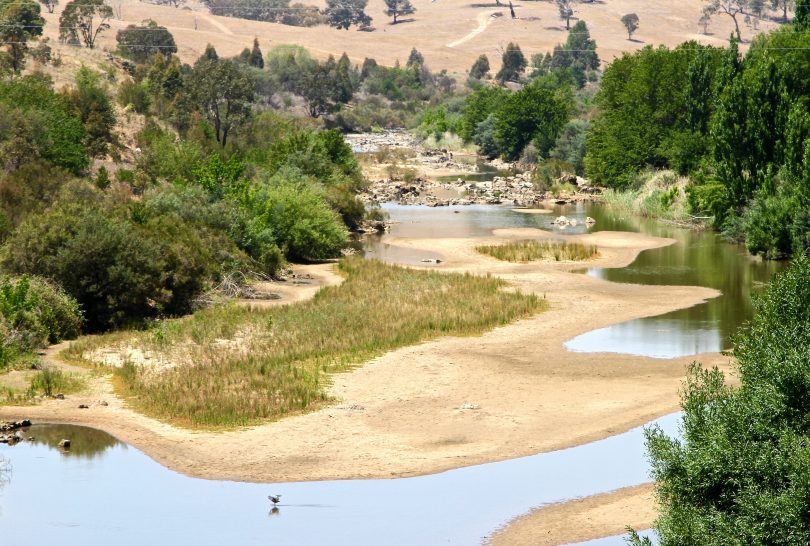
The Murrumbidgee River at Tharwa includes large sandbanks with a shallow warmer stretch of water to one side and a colder deeper current on the other side. Photo: File.
While Surf Life Saving Australia volunteers regularly patrol coastal beaches, there is only one inland lifesaving service nationally, in Mildura, Victoria.
Volunteers of Mildura Life Saving Club patrol Apex Park beach, a popular sandbank on the Murray River, on weekends and public holidays.
The club was established in the 1960s by a local policeman due to the frequent drownings he attended at the park.
Today, Mildura Life Saving Club is part of Life Saving Victoria.
Club president Dennis McLaughlan said volunteers complete both coastal and inland waterway training.
“A lot of people don’t know the dangers associated with rivers. You might think it’s flat, but there is a strong current underneath,” Mr McLaughlan said.
“People often float down the river and can’t find a place to get out, or where it was safe to dive into the water yesterday, might not be tomorrow because of logs or other objects submerged in the water. Things can change quickly.”
An inland life-saving service could draw on volunteers who currently live in Canberra and are already qualified Surf Life Savers but travel outside of the ACT to the NSW coast to assist with patrols.
One of those people is Royal Life Saving ACT chief executive officer Cherry Bailey. She was the first to suggest a life-saving service could be established in the capital, but after further research, believes it’s too expensive and logistically challenging.
“We did talk about it with the government briefly, but we very quickly came to the realisation that it was not a realistic or sustainable program,” Ms Bailey said.
“Surf Life Saving is a huge volunteer organisation that’s been established for many years and has a very strong membership base and robust financial structure. To set that up from scratch in the ACT would be very difficult and hard to sustain because of that volunteer factor.
“There’s also a huge amount of risk with choosing the wrong location,” she said.
“There are many spots in the ACT where people choose to swim, but which ones would we pick to patrol?”
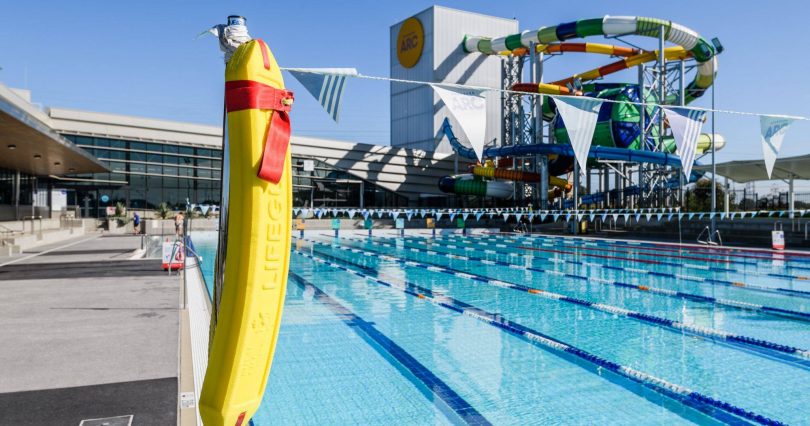
A rescue tube, similar to this one used by Royal Life Saving, is being trialled at inland waterways in the Central West. Photo: Royal Life Saving.
Instead, Ms Bailey believes the river rescue hubs, which would contain life vests, voice instructions and an emergency mobile phone connection to first responders, are a better solution in risky spots such as the Tharwa Sandwash and Casuarina Sands. She says the technology can be rolled out more easily than human patrols.
Royal Life Saving is willing to invest in the project and has applied for $250,000 under the Capital Assistance Program through Sport and Recreation. Successful applications are yet to be announced.
One river rescue hub is estimated to cost between $30,000 and $50,000, plus the cost of establishing a mobile service in these remote spots.
Another option being trialled in Orange in the Central West is a remote rescue tube system that is due to be established at two of its inland waterways, Lake Canobolas and Gosling Creek.
Orange Bush Nippers president Chris Brayley heard about the floatation devices being used in Coffs Harbour where Surf Life Savers cannot patrol long stretches of beach.
He says they only cost about $150 each and can be thrown out to someone in distress or used during a rescue.
While experts and the ACT Government assess options, Royal Life Saving ACT is looking at increasing its education about water safety and lifesaving skills in rivers, creeks, dams and lakes by rolling out the Outback Lifesaver program, established by the national organisation for children.












